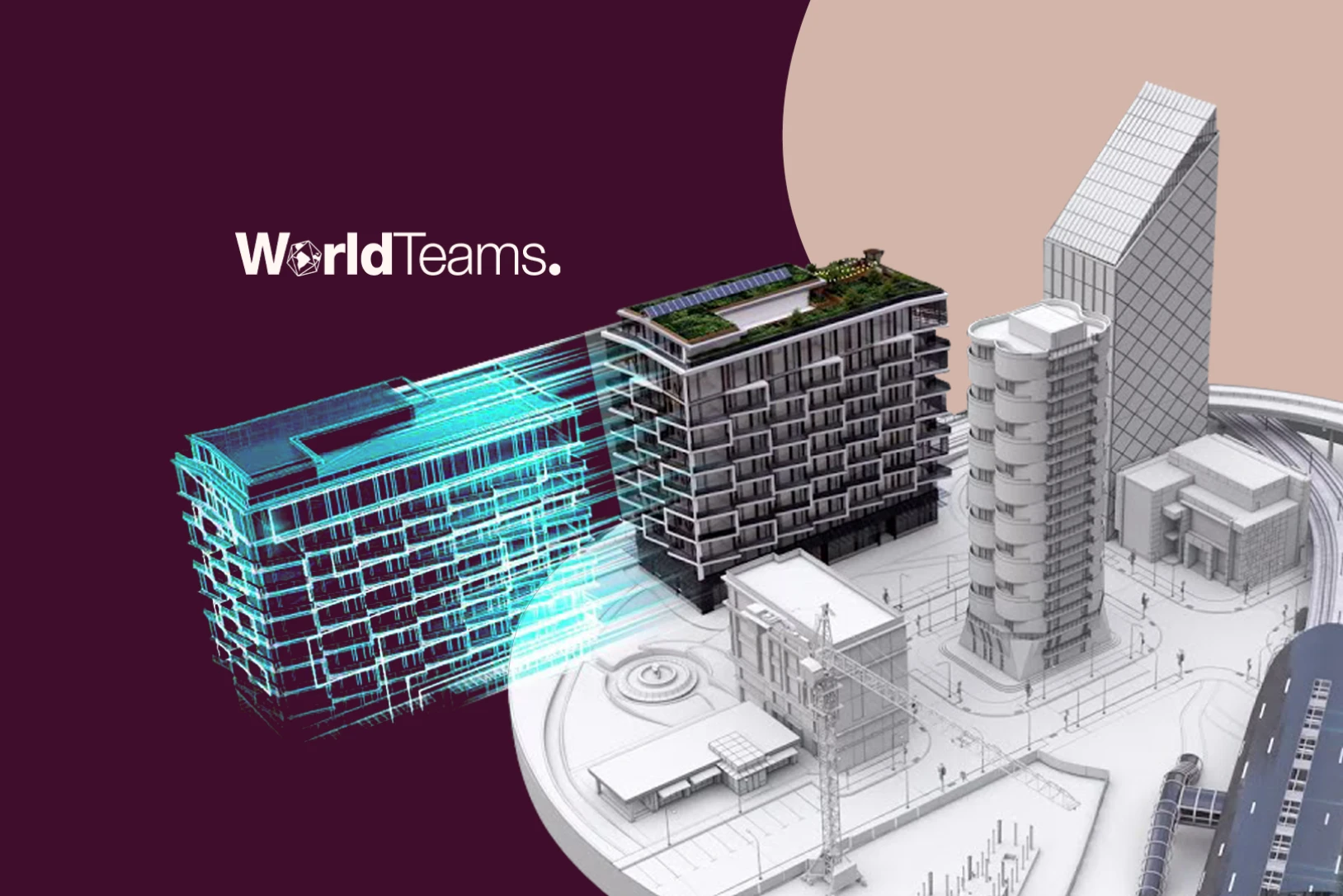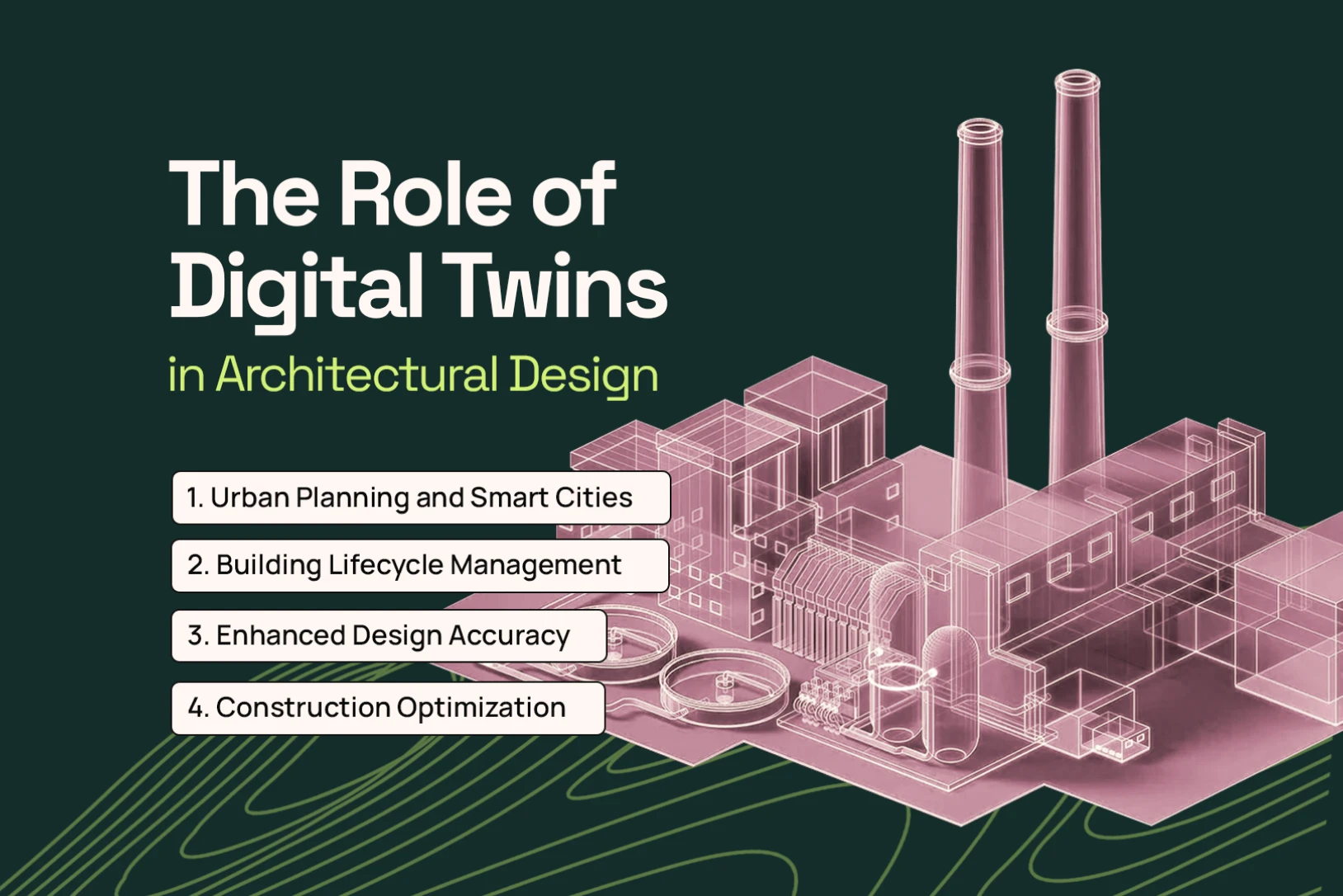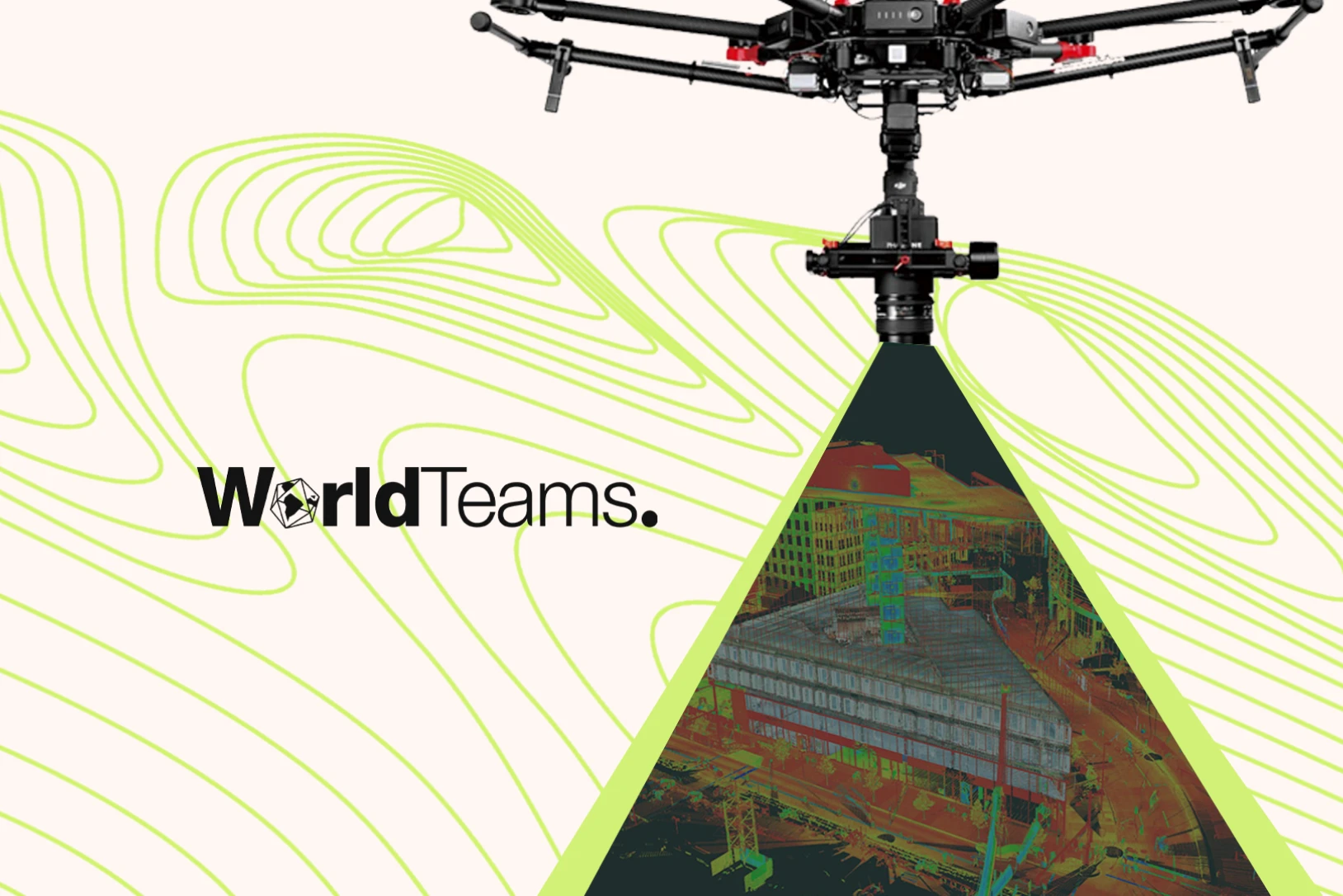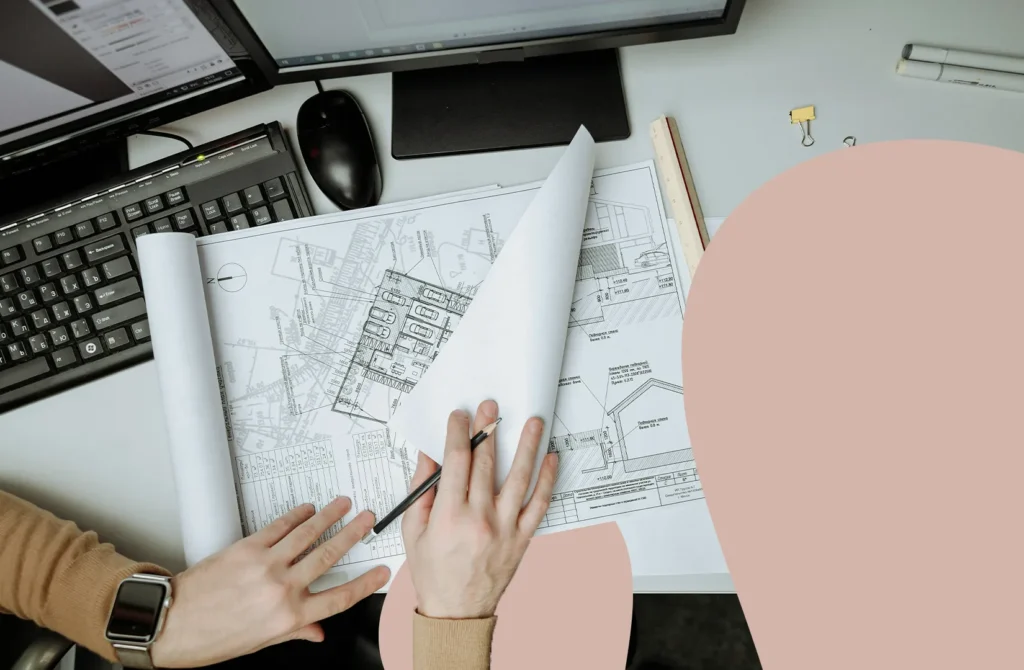Digital Twins in Construction: Enhancing Efficiency and Reducing Costs

The digital twin technology is revolutionizing the way industries monitor, analyze, and optimize real-world assets. From urban planning to industrial processes, the ability to create an exact virtual replica of a physical object, system, or environment offers limitless possibilities.
But what are digital twins, and how are they transforming the field of architecture? In this article, we’ll explore what is a digital twin, how it works, and why architectural firms and construction companies are increasingly relying on outsourcing architectural services to implement this cutting-edge technology.
What is a Digital Twin?
A digital twin is a highly accurate virtual model of a physical object, building, or infrastructure that can be analyzed, tested, and optimized. It integrates real-time data from sensors and IoT devices, allowing professionals to monitor performance, predict failures, and enhance design efficiency.
In architecture and construction, digital twins are used to create precise 3D models of buildings, combining various data sources such as laser scans, drone imagery, and CAD models. This technology enables architects, engineers, and facility managers to streamline projects, reduce costs, and improve sustainability.
How Are Digital Twins Created?
The creation of a digital twin involves multiple steps and technologies that ensure the accuracy and usability of the virtual model.
1. How Are Digital Twins Created?
One of the fundamental elements in creating digital twins is capturing real-world data using point clouds. These are sets of data points in three-dimensional space, generated using LiDAR (Light Detection and Ranging) technology, drones, and high-resolution cameras.
2. Digital Model Reconstruction
One of the fundamental elements in creating digital twins is capturing real-world data using point clouds. These are sets of data points in three-dimensional space, generated using LiDAR (Light Detection and Ranging) technology, drones, and high-resolution cameras.
3. Integration with Real-Time Data
Once data is collected, it is processed through specialized software to create an accurate virtual replica. Tools such as Autodesk Revit, Maya, and Unreal Engine help refine the digital twin, ensuring it reflects real-world conditions.

The Role of Digital Twins in Architectural Design
The architecture and construction industries are rapidly adopting digital twins due to their ability to enhance project efficiency and accuracy. Key applications include:
1. Urban Planning and Smart Cities
Governments and developers use digital twins to simulate city infrastructure, optimize traffic flow, and improve urban sustainability.
2. Building Lifecycle Management
From design to demolition, digital twins help monitor a building’s performance, facilitating maintenance and upgrades over time.
3. Enhanced Design Accuracy
By integrating architectural design services with digital twins, architects can test different materials, layouts, and environmental impacts before finalizing designs.
4. Construction Optimization
Contractors use digital twins to improve site management, track progress, and reduce material waste, ultimately lowering project costs.

Why Outsourcing Architectural Services for Digital Twin Projects?
Implementing digital twin technology requires specialized knowledge and tools, making outsourcing architect services a strategic choice for many firms. By working with outsourcing architectural services, businesses can:
Whether you are an architecture firm, a construction company, or a real estate developer, our architecture outsourcing services can help you implement digital twins effectively.

Partner with WorldTeams for Digital Twin Solutions
At WorldTeams, we specialize in outsourcing architectural services, providing expert solutions for digital twin creation, architectural design services, and advanced BIM modeling. Whether you need to hire an architect for digital twin implementation or require full-scale architecture outsourcing services, we have the expertise to support your project.
Unlock the power of digital twins and take your designs to the next level. Contact us today to explore how our outsourcing architect services can transform your architectural projects! 🚀









